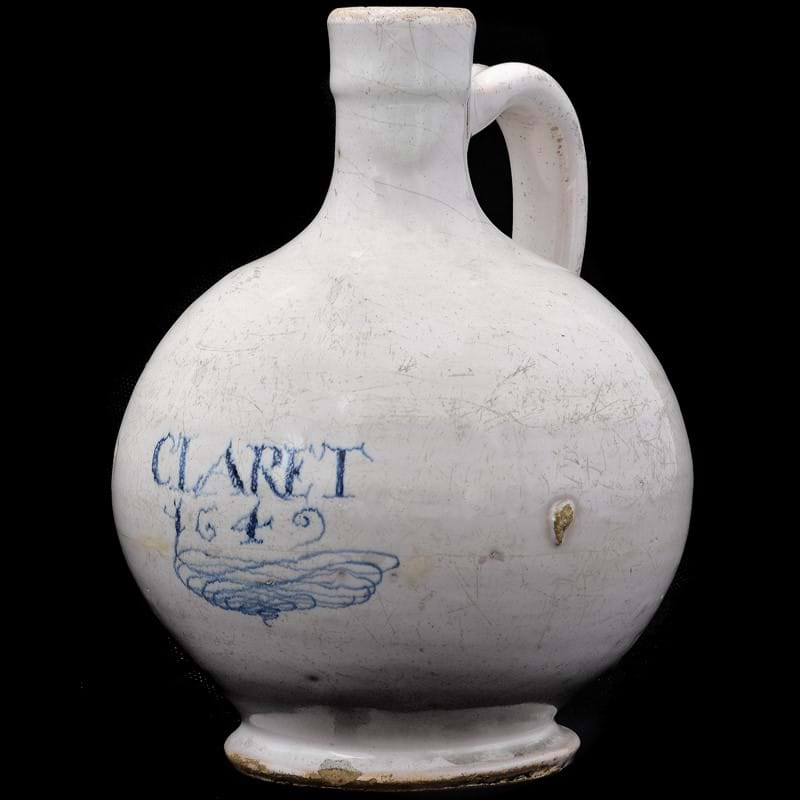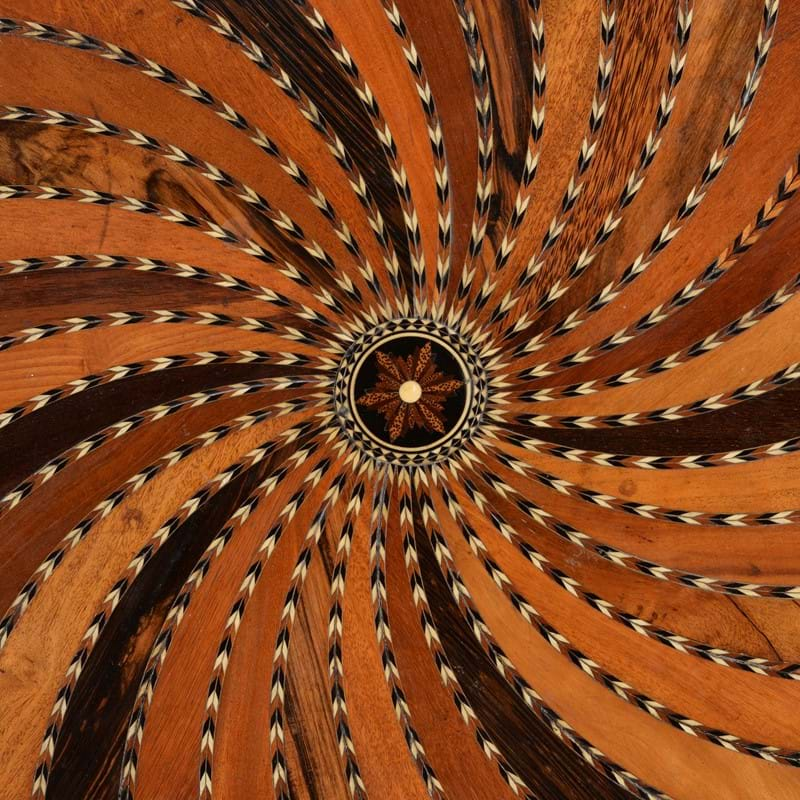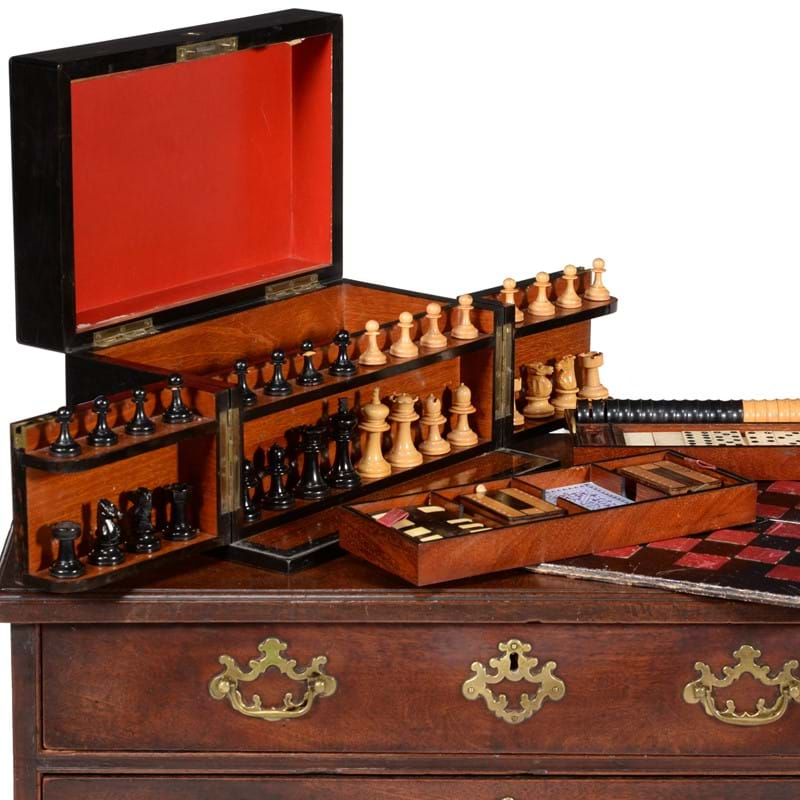Sculpture and Works of Art Highlights | 19 May 2020
Ahead of our Fine Furniture, Sculpture, Carpets and Ceramics auction on 19 May, we pick out some of the top sculpture and works of art highlights for you.
Commemorative Portrait Relief Panel of Field Marshal Sir Arthur Wellesley, 1st Duke of Wellington
To start things off we have Lot 218, this stained hardwood, probably elm, commemorative portrait relief panel of Field Marshal Sir Arthur Wellesley, 1st Duke of Wellington, after Peter Rouw (1770-1852).

Arthur Wellesley was born in Dublin to the Earl and Countess of Mornington. Though he was an active politician and even served as Chief Secretary of Ireland and later Prime Minister during his lifetime, he is mainly remembered for his remarkable military achievements. Wellesley fought in Flanders in 1794 and subsequently directed a military campaign in India in 1796, for the success of which he was knighted upon his return to the UK. He was given the title Duke of Wellington in 1814, in the year before his most famous victory: the defeat of Napoleon at Waterloo in 1815. When he returned to England, he was honoured and celebrated as a national hero.
The present relief was probably made in the years after this landmark victory. The choice of timber carries a wider significance. At a crossroads near the battlefield at Waterloo stood an elm tree, later nicknamed the 'Waterloo Elm', which had often served as a command post for the Duke. The tree died at the hands of souvenir hunters in the years after the battle, and was subsequently turned into furniture and objects, including a chair by Thomas Chippendale the Younger which was presented to King George IV and still remains in the Royal Collection. John Children, an entrepeneurial librarian at the British Museum, acquired the felled tree to sell its wood for the manufacture of further objects. It is possible that the panel is connected to this thriving souvenir market for commemorative objects in (Wellington's?) elm.
A Pair of Empire or Restoration Gilt Bronze Four Light Wall Appliqués
Also featured in the sale is Lot 227, a pair of Empire or Restoration gilt bronze four light wall appliques in the manner of examples by Pierre-Philippe Thomire, circa 1815.

Pierre-Philippe Thomire (1751-1843) was the outstanding Parisian bronzeur and gilder of the early 19th century. He supplied finely chased mounts to leading Parisien ébénistes for furniture, clocks and the Sèvres porcelain factory, and he was much patronised by Napoleon who made him Ciseleur de l'Empereur. His work represents some of the finest examples of what became known as the Empire style, and examples can be found in the Grand Entrance and Marble Hall at Buckingham Palace, the Getty Museum in Los Angeles and many other collections besides.
Attributed to Harry Bates ARA (British, 1850-1899)
Another highlight is Lot 267, this patinated bronze model of Pandora, attributed to British artist Harry Bates ARA. The kneeling figure is portrayed holding a casket.

Harry Bates was an important part of the late 19th century New Sculpture movement, alongside renowned sculptors such as Frederic, Lord Leighton and Sir Alfred Gilbert. He began his career as an ornamental carver, and primarily created classically inspired reliefs during his early years. Pandora was one of Bates' first ventures into three-dimensional statuary, and is arguably his most iconic piece. It was exhibited at the Royal Academy in 1890, and entered the Tate collection the following year, having been acquired for the nation. The combination of marble with the ornately carved ivory box and precious gilt bronze demonstrates the influence of the chryselephantine sculpture popular in France, where Bates had recently trained under Auguste Rodin.
The composition shows Rodin's interest in classicism, though its pensive and introspective mood is not unlike the works of Jules Dalou, under whom Bates had first studied at Lambeth School of Art. Though faithful to the composition in the Tate collection, the loose modelling and textural surface of the present work represent a contrast with the impeccably smooth surface of the larger marble, and is likely a maquette in preparation for this highly finished exhibition piece.
AUCTION DATE & LOCATION
Tuesday 19 May | 10.30am
Dreweatts, Donnington Priory, Newbury, Berkshire RG14 2JE
This is an online auction with an auctioneer.
VIEWING:
- Our specialists will be providing detailed conditions reports and additional images as requested.
- Our Remote Viewing Service also allows you to preview the auction from the comfort of your own home at a time convenient to you | Find out more
- If government regulations permit, viewing at Donnington Priory will be offered on a by appointment basis from Monday 11 May.
View online catalogue
View page turning catalogue














